Are you in Ohio and looking to start a garden but don’t know when the right time for planting vegetables is? You’re not alone! As gardeners, we have looked to our environment and seasonality as indicators of what nature tells us. However, with unpredictable Ohio weather this can be quite a daunting task. Fortunately, based upon many years of research and experience gained by local gardeners, there are some tried-and-true tips for determining when to plant vegetables in Ohio. In this blog post we will share with you all of the key knowledge that you need to maximize your success in growing awesome produce. So read on and get ready to become an expert gardener!
Is Ohio’s Climate Suitable for Growing Vegetables?
Ohio is a great location for growing vegetables thanks to its temperate climate. During the summer months, temperatures are usually in the mid-70s (°F) and rarely climb above 90°F. This makes it a great place for growing veggies that don’t do well with high temperatures. The spring season offers plenty of moisture to help young plants get off to a good start, while the autumn months are cool enough to allow for plenty of harvesting. [1]
Ohio also offers average frost dates that can be useful for gardeners. The average last spring frost date in Ohio is May 8th and the average first fall frost date is October 10th. This gives gardeners a good window of time to get their plants planted and harvested before the weather turns cold. Some vegetables that can be easily grown in Ohio include tomatoes, peppers, squash, potatoes, carrots, and sweet corn.
Overall, Ohio is a great place for growing vegetables due to its temperate climate, extended growing season, and fertile soil. Gardeners in the area can look forward to harvesting tasty veggies all summer long! With proper planning and care, Ohio gardeners will be able to enjoy their own home-grown produce for years to come. [2]
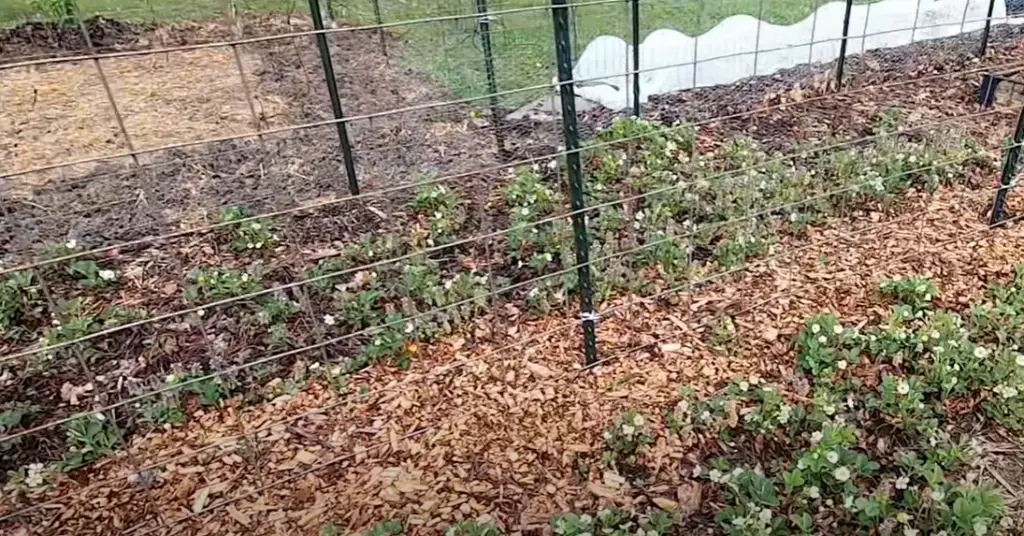
What to Know About Making a Vegetable Planting Schedule?
To ensure successful vegetable gardening, it is essential to make a detailed planting schedule. Planting too early or late can have an adverse impact on the crop yield and quality. When planning your vegetable garden, consider the following:
- Soil temperature – Most vegetables require soil temperatures of at least 55-60 degrees Fahrenheit for optimal growth. Knowing which plants thrive at which temperatures helps you to plan a planting schedule that’s specific to your garden. [3]
- Optimal planting time – Each vegetable has an optimal planting time, typically falling during the early spring months for warm weather crops and late fall/early winter months for cold weather crops. Knowing when certain vegetables should be planted is key in getting the most out of your garden.
- Seasonal availability – Certain vegetables are available only during certain times of the year, so it’s important to consider when those vegetables will be ready for harvesting in relation to other crops and how long you want your harvest season to last.
- Growing season – Many vegetables require a long growing season and planting too late can mean your crops won’t be ready for harvesting until after the first frost. Knowing how long each vegetable needs to grow is also essential in planning an effective vegetable garden schedule.
By considering all of these factors, you can create a detailed and effective planting schedule that will ensure success when gardening. It’s also important to pay attention to the weather and soil conditions in your area, as these can have an effect on how well certain vegetables grow. With a bit of planning and careful consideration, you can make sure that your vegetable garden is healthy and productive all season long! [4]
When to Plant Vegetables in Ohio?
When it comes to planting vegetables in Ohio, timing is everything! The right time to plant can vary depending on the specific vegetable and your particular location. Generally speaking, the best time to plant is from early April to mid-May. However, if you want a more exact timeline for planting in Ohio, consider these tips:
- Plant cool-season vegetables like peas, lettuce, spinach and radish from early April to late May. [5]
- Plant warm-season vegetables like squash, tomatoes, peppers and eggplants after the last frost date in your area.
- Plant root crops such as carrots, turnips and beets in late July or early August so they can mature before the cold weather sets in.
It’s also important to be aware of the amount of sunlight your vegetable garden will receive. For best results, vegetables should get at least six hours of sun each day. Additionally, consider planting a variety of vegetables together since different plants tend to have different needs and preferences when it comes to soil type, temperature and moisture levels. This way you can ensure that each plant gets the best growing conditions.
Last but not least, make sure to plan ahead and give yourself plenty of time for planting and harvesting your vegetables. If you’re starting from seed, it can take several weeks before you can even start transplanting into the garden. With a little planning and preparation, you can have a successful vegetable garden that will yield delicious vegetables for months to come!
And don’t forget to track your progress and document your successes. Keeping track of when you planted, what worked well and what didn’t can help you make the most of your vegetable garden year after year. [6]
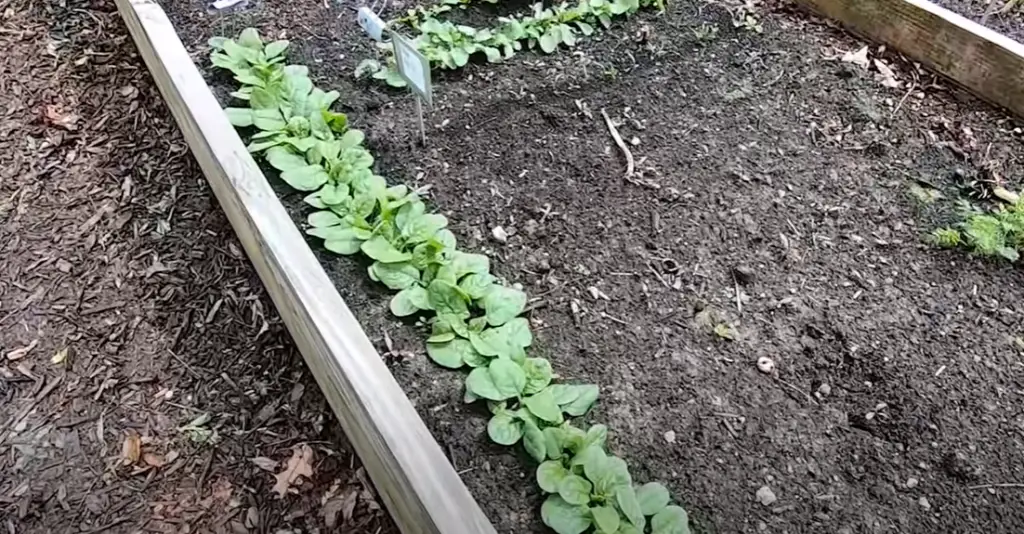
What Vegetables Grow Best in Ohio?
Ohio is a great state for growing a variety of vegetables. The warm summers make it possible to grow many different types of crops from early spring to late fall.
Some of the best vegetables to grow in Ohio include:
Tomatoes
Tomatoes are a popular vegetable to grow in Ohio. They love the warm temperatures and can tolerate some light frost. Tomatoes should be planted in fertile, well-drained soil and given plenty of sunshine. Staking the tomato plants is recommended to keep them upright as they grow.
Peppers
Peppers come in both hot and sweet varieties and can be a great addition to any garden. Give peppers plenty of sunshine and water, and provide them with the fertilizer they need to thrive. Harvest peppers when they are ripe for maximum flavor.
Potatoes
Potatoes are another favorite vegetable in Ohio gardens. Plant potatoes in a well-drained soil, making sure that their tubers are at least 4 inches below the surface. Give potatoes plenty of water and mulch around them to keep them cool and moist in the summer months.
Squash
Summer squash like zucchini and yellow squash do well in Ohio, as they thrive in warm temperatures. Plant seeds directly into the garden bed when all danger of frost has passed. Squash prefers rich, well-drained soil and should be kept moist. Give squash plenty of sunshine for the best results.
Beans
Beans are a great addition to any garden. Plant beans in warm soil after the last frost date, and be sure to give them plenty of water and sunshine throughout the season. Harvest beans when they are young for the sweetest flavor.
Carrots
Carrots are a hearty vegetable that can be grown in Ohio. Plant carrot seeds directly into the garden when the soil has warmed up, and water regularly to keep the soil moist. Thin out seedlings as they grow so that mature carrots have plenty of room to reach their full size.
Corn
Corn is an iconic crop for Ohio, with fields of tall stalks stretching across the landscape. Sweet corn is a favorite for summer cookouts, while field corn is used in various products like animal feed and ethanol.
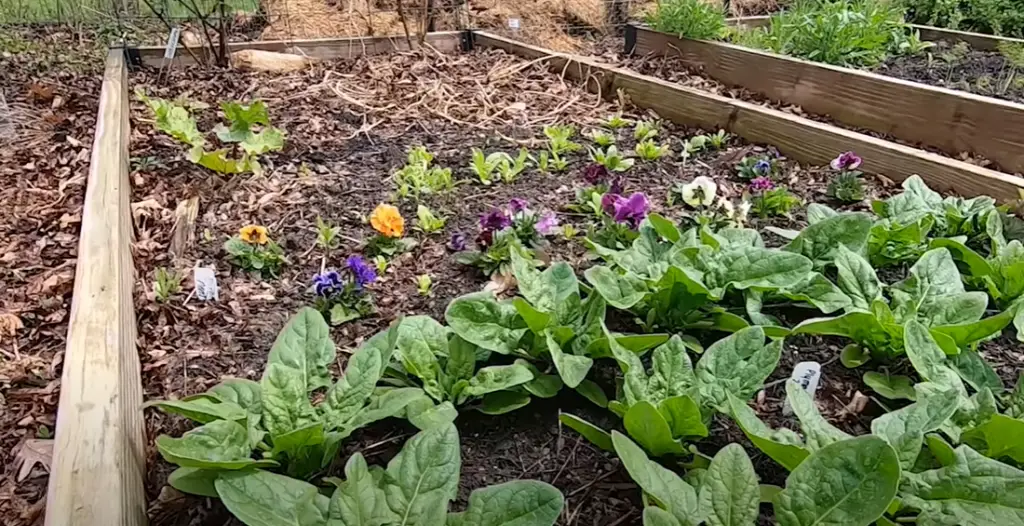
Cabbage
Cool weather crops like cabbage thrive in Ohio’s moderate climate. This green veggie makes for a delicious side dish, especially when cooked with bacon.
Squash
Winter squash like acorn and butternut can be found in abundance throughout the state. These tasty gourds are versatile, and can be cooked with just about any flavor combination.
Broccoli
This nutritious green veggie is highly popular in Ohio, especially during the cooler months. Roasted broccoli with garlic is a delicious way to enjoy this veggie’s crunchy texture and mild flavor.
Other Vegetables
In addition to these vegetables, Ohio gardens can also produce a variety of other vegetables including cauliflower, onions, radishes, kale and more. Planting times will vary depending on the specific vegetable and your area. Check with your local extension office for more information about when to plant different crops in your area. [7]
How to Grow a Vegetable Garden?
Vegetable gardening is a great way to enjoy fresh produce at home. It’s also an opportunity to get outdoors and learn about how plants grow. Here are some tips for getting started on your own vegetable garden:
- Choose the Right Location – Your vegetable garden should be located in a spot that gets plenty of sun throughout the day, as most vegetables require at least 6 hours of sunlight. If you have limited space, consider adding plants that don’t need as much sun such as lettuces, carrots or spinach.
- Prepare the Soil – The quality of your soil will greatly affect how successful your garden is. Make sure to add plenty of nutrient-rich compost and other organic matter before planting to ensure your plants have the best chance of thriving.
- Plant Appropriate Varieties – Make sure you’re selecting varieties that are suitable for your growing conditions, such as planting heat-tolerant varieties in hot climates or short-season crops in cooler areas.
- Water Regularly – Some vegetables need more water than others, but all will benefit from consistent watering. Make sure to check the soil regularly and water when it feels dry a few inches below the surface.
- Manage Pests – Garden pests like aphids, slugs and caterpillars can cause significant damage to your crops if left unchecked. Keep an eye out for signs of infestations and treat them quickly with organic methods such as neem oil or diatomaceous earth.
- Harvest When Ready – Knowing when to harvest your vegetables is key to getting the most out of your garden. Most vegetables should be harvested in the morning before it gets hot outside and as soon as they reach their peak size for best flavor. [8]
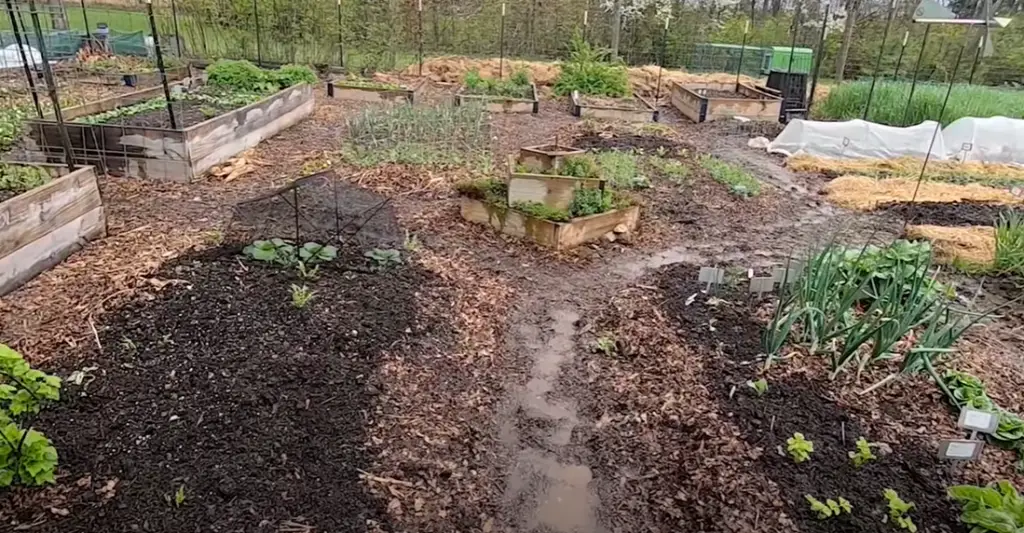
Ways to Store Vegetables
There are a number of ways to store vegetables in order to preserve their freshness and nutritional value. Here are some tips:
- Refrigerator: Keeping vegetables in the refrigerator is one of the most common ways to store them. Vegetables that do well when stored in the refrigerator include lettuce, spinach, broccoli, celery, radishes, carrots, and cauliflower. Make sure that the vegetables are stored in airtight containers or bags to keep them fresh for longer.
- Freezing: Vegetables can be frozen for up to a few months without losing their nutritional value. To freeze your vegetables, make sure they’re washed, cut into small pieces if desired, blanched (if you want to retain color and texture), cooled, covered in a freezer-safe storage container, and placed in the freezer. Some of the best vegetables to freeze include broccoli, kale, spinach, cauliflower, bell peppers, and mushrooms.
- Drying: Vegetable drying is another great way to preserve their freshness for longer periods of time. Drying vegetables can be done using either a sun-drying method or an oven/dehydrator. Vegetables that are best suited for drying include peppers, mushrooms, tomatoes, onions, garlic, and carrots.
- Pickling: Pickling is one of the oldest methods of preserving food. It involves soaking vegetables in a brine solution made up of vinegar, salt, and spices. Pickling is a great way to preserve vegetables like cucumbers, onions, cabbage, cauliflower, and peppers for long periods of time.
- Canning: Canning is another form of preserving food that involves packing vegetables into jars or cans and heating them up to create an airtight seal. This process destroys harmful bacteria and allows the vegetables to last for several months or even years without losing their nutritional value. Some of the best vegetables for canning include tomatoes, green beans, carrots, and corn.
No matter which method you choose, it’s important to follow proper storage instructions in order to ensure that your vegetables remain as fresh and nutritious as possible. Additionally, make sure to eat your vegetables as soon as possible after harvesting or purchasing them in order to maximize their nutritional value. With these storage tips, you can make sure your vegetables stay fresh for longer and enjoy their goodness every day! [9]
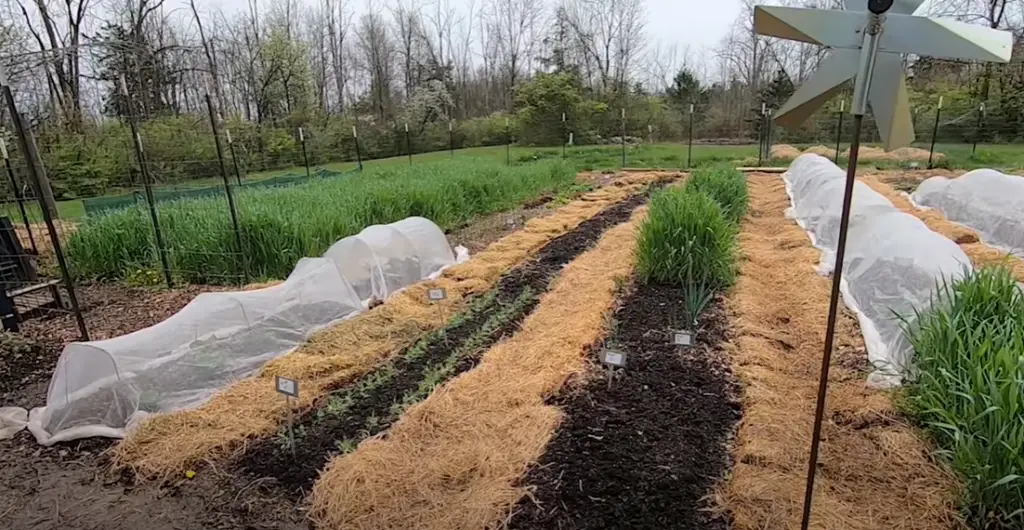
FAQs
What is the easiest vegetable to grow in Ohio?
The answer depends on the climate and soil conditions in Ohio, but some of the easiest vegetables to grow include tomatoes, cucumbers, cabbage, peppers, and lettuce. With a bit of preparation each spring and careful attention throughout the growing season, these vegetables can provide an abundance of fresh produce for home gardeners. Additionally, many of these can be planted directly into the garden, making them easier to care for than those started from seed. For more detailed advice on growing vegetables in Ohio, local extension offices can provide valuable information.
What month is best for planting vegetables?
The best time to plant vegetables varies by location and climate, but a good rule of thumb is to wait until the danger of frost has passed. In most places, this means April or May, although some areas may be suitable for planting in late March. For warm-weather vegetables like tomatoes and peppers, it’s generally safe to plant them around the middle of May. For longer-season crops like corn and pumpkins, it’s best to wait until late May or early June.
It’s also important to consider the average length of your growing season when deciding what vegetables to plant. If you live in a climate with short summers, you may want to avoid planting heat-loving crops that require a full 90 days of warm weather to mature. Cool-season vegetables, like broccoli and lettuce, are often more successful in these regions because they can tolerate cooler temperatures.
Is Ohio good for gardening?
Ohio is a great state for gardening, with its mild climate and plentiful sunlight. As a gardener in Ohio, you’ll have access to some of the finest soil quality in the Midwest. The fertile ground makes it easy to grow a wide variety of vegetables, flowers, fruits, and herbs throughout the growing season. There are also numerous nurseries and garden centers around the state, making it easy to find the plants and supplies you need for your garden.
In Ohio, there are two distinct growing seasons: late spring/early summer and late summer/early fall. The first season provides ideal temperatures for cool-season vegetables, while the latter is better suited for warm-season varieties. This gives gardeners a chance to grow an abundance of fresh produce throughout the entire year, and there are many Extension offices in Ohio that can provide advice on when to plant specific varieties for better results.
Can you grow vegetables in the winter in Ohio?
Yes, it is possible to grow vegetables in the winter in Ohio. The state’s climate is relatively mild, so some cool-season crops can be grown during the winter months. To best ensure success when growing winter crops, gardeners should select hardy varieties that have been bred for cold weather and plant them early enough to allow for a full harvest before spring arrives. Other factors to consider when growing winter crops include timing and location of planting, soil preparation, mulching, irrigation management, and pest control. With the right planning and preparation, it is possible to enjoy a successful winter crop in Ohio.
Some popular vegetables that can be grown in Ohio during the winter months include kale, collards, cabbage, broccoli, Brussels sprouts, shell peas, spinach, and onions. In addition to these traditional winter vegetables, some gardeners also grow microgreens during the colder months as they are a fast-growing plant that can be harvested in as little as two weeks. To ensure an abundant harvest of all types of crops during the winter season in Ohio, it is important to select varieties and timing that are suited to the climate and to provide adequate protection from the cold weather.
Useful Video: Vegetable Garden Tour Early-May 2022: Zone 6a, Ohio
Conclusion
While there isn’t an exact date for planting vegetables in the great state of Ohio, it’s important to keep fairly strict timing. Many novice gardeners don’t realize how important timing is when it comes to producing a healthy and bountiful harvest. From cool season vegetables such as kale and cabbage, to warm season crops like tomatoes and squash, keeping track of the planting dates can seem intimidating. Fortunately, by doing a bit of research you can ensure that all your produce may be grown at the perfect time throughout the year. And if all else fails – get ready for some trial and error! You may be surprised at the results that your hard work produces! With everyone’s efforts combined – Ohio farmers and gardeners alike – we can enjoy a delicious array of local vegetarian delights this summer and fall.
References:
- https://www.obererhomes.com/what-are-the-best-garden-vegetables-to-grow-in-ohio/
- https://blog.kurtz-bros.com/best-vegetables-to-grow-in-ohio
- https://www.americanmeadows.com/content/vegetable-gardening/creating-planting-calendar
- https://ladyleeshome.com/planting-schedule-for-vegetables/
- https://www.floridayards.org/when-to-plant-vegetables-in-ohio/
- https://www.asiafarming.com/ohio-vegetable-planting-calendar-month-by-month-chart-season-and-easiest-vegetables-to-grow
- https://a-z-animals.com/blog/discover-the-best-vegetables-to-grow-in-ohio/
- https://www.almanac.com/vegetable-gardening-for-beginners
- https://www.unlockfood.ca/en/Articles/Cooking-Food-Preparation/How-to-store-vegetables-to-keep-them-fresh.aspx





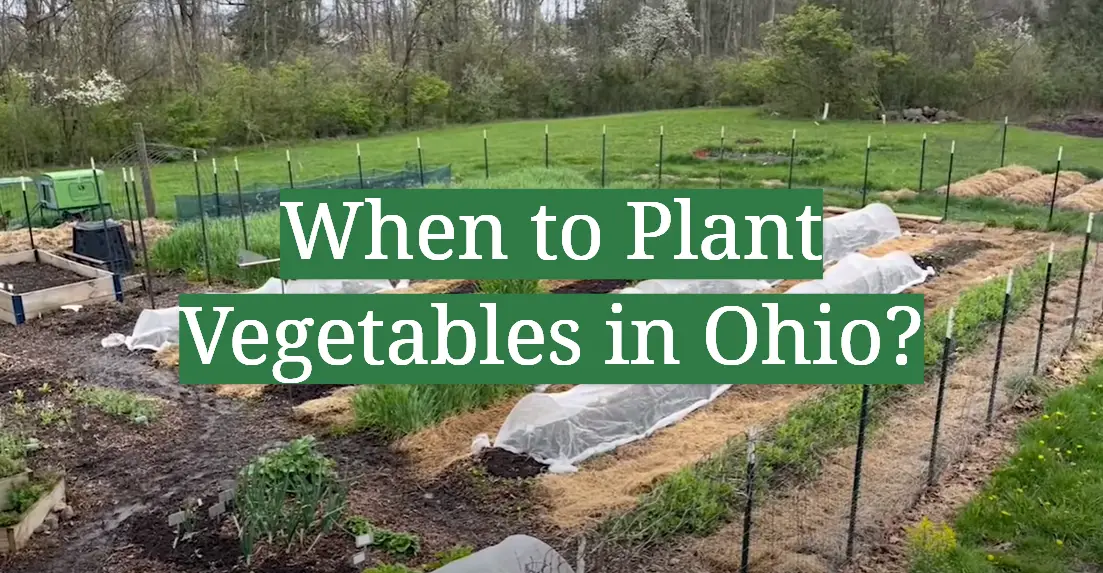
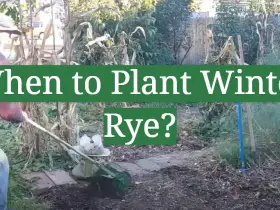
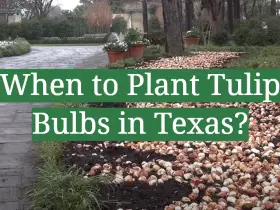
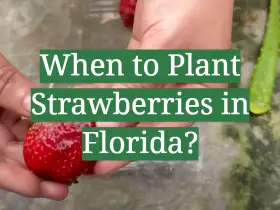

Leave a Reply
View Comments